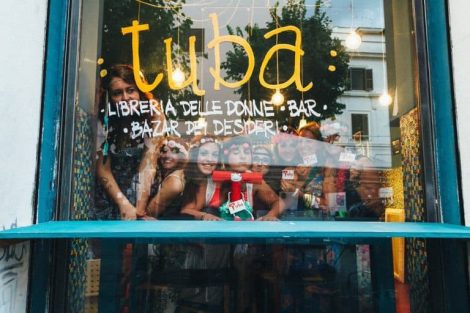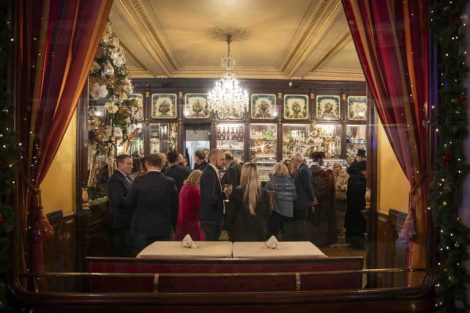If you ask anyone in Chicago, the Italian Beef Sandwich is as much a symbol of the Windy City as the Cubs, the city's often unlucky baseball team, the Cloud Gate sculpture by Anish Kapoor (affectionately known as "The Bean"), and the Sears Tower, which was the tallest building in the world until 1998 (in a city famous for its strong winds, the thought of 443 meters of steel and glass is chilling). But outside of the city, few people are familiar with this iconic sandwich. That is, until the success of the TV series The Bear, which tells the story of an Italian-American family whose lives revolve around a sandwich shop in the metropolis by Lake Michigan. Their specialty is the sandwich that, thanks to the TV series, is regaining its former popularity.

The Italian Beef Sandwich
This Chicago-originated sandwich is filled with thinly sliced roast beef, slow-cooked and served au jus on a type of bread known locally as "French bread," soaked in the cooking juices. There are two options for toppings: a spicy giardiniera or sweet peppers. The sandwich, which is typically served with a side of fries, can be ordered in three versions. The amount of juice added to the sandwich can be customized: dipped, which means "soaked," dunked for a sandwich that is thoroughly "drenched," or wet for a very "soggy" sandwich. The bread used is crispy with little crumb to ensure it doesn't fall apart after soaking. In Rome, there is a similar recipe called "allesso," often served in a ciabatta soaked in the cooking broth. A great interpreter of this sandwich was the late Sergio Esposito of the "Mordi e Vai" stall at the Testaccio Market in Rome, where his son continues the tradition.
The symbol of Italians in Chicago
We were living in Los Angeles when one morning my mother, returning from the supermarket, asked my father what "dago" (a derogatory term for Italians and Spaniards) meant, and he turned pale. Someone had called her that while she was shopping. It was 1969, and Italians in the United States were not as well-liked and considered cool as they are now. At the time, they were discriminated against like many other "foreigners." It was the same story since the early 1900s. Italians were dago, or wop (from "without papers," or an Americanization of the term "guappo"), and they were greasy because they used hair pomade.
Knowing these stories and absorbing my mother's discomfort during the years spent overseas, I have always been fascinated by the history of the so-called "Sons of Columbus," the emigrants who left everything behind to start anew across the Atlantic aboard steamships. The task of telling the story of a sandwich that symbolizes Italian-Americans seemed like the perfect opportunity to explore that fascination. Yet, despite having a father who was born in Chicago, I am somewhat ashamed to have known nothing about this specialty. Miscalculating the time difference, I woke up my cousins in the middle of the night to learn more. A tender memory emerged related to "the" sandwich from my father's hometown. He ate it as a boy before going to Wrigley Field to watch his beloved Cubs play baseball. At that time, the "Italian" beef sandwich was made by just one place, which is still in business today.
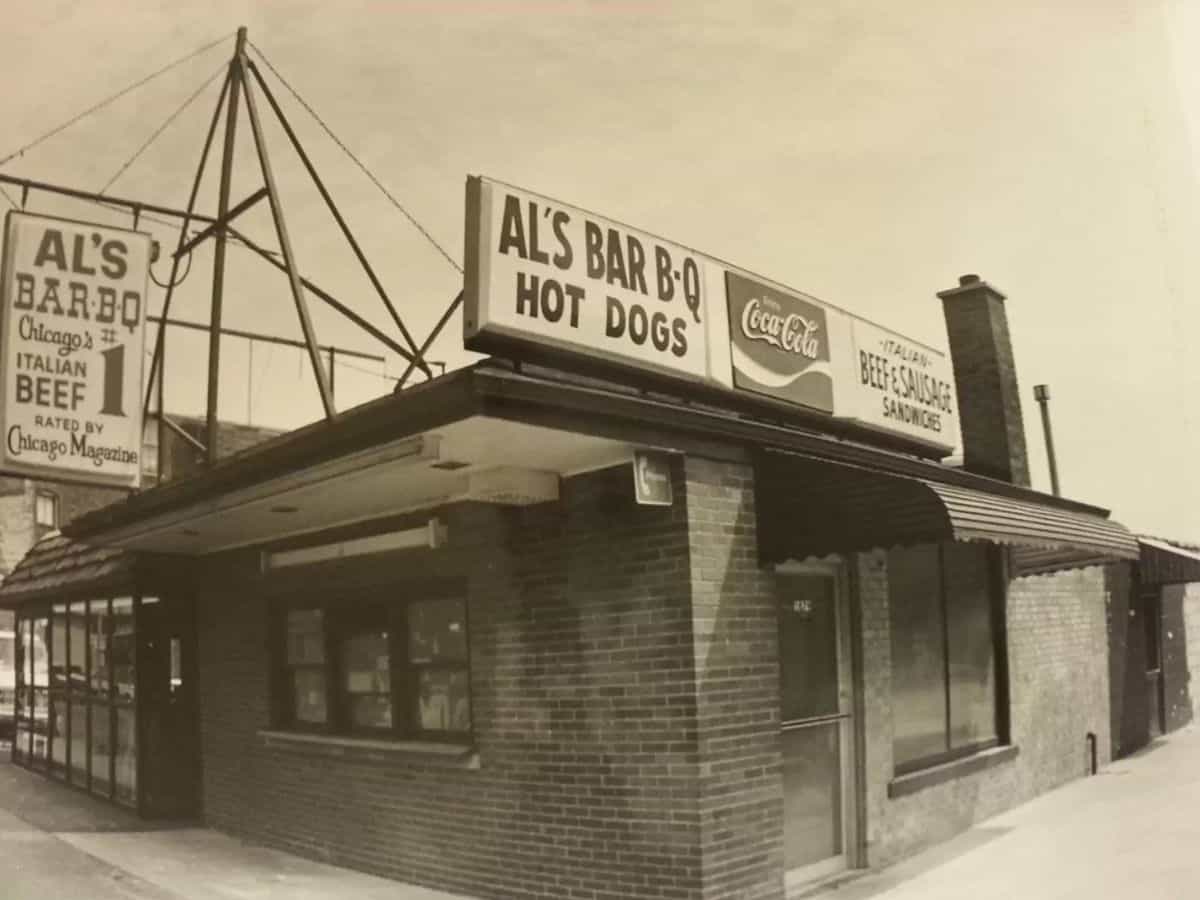
The story of Al and his sandwich that made History
In the immediate post-World War I era, a street vendor in Chicago, Anthony Ferreri, traveled around the city delivering sandwiches and other baked goods that he prepared in the basement of his home. Anthony sold his goods from the back of his truck to construction sites, hospitals, and offices, much like a modern food truck. During a modest wedding where Italian-American immigrants served low-cost food due to financial constraints, Ferreri saw an opportunity. By slicing the small amount of available meat very thinly and keeping it warm in its own juices, he created a sandwich that could feed more people.
Ferreri named this method the "Beef Sandwich" and sold it at weddings throughout the city. Anthony married and had two children, Albert (Al) and Frances. As an adult, Al expanded the family business, initially as a front for an illegal betting operation. Despite the challenges (and a few years in jail), Al eventually turned the business into a legitimate enterprise. In 1938, Al and his sister Frances, along with their brother-in-law, Chris Pacelli, Sr., opened a small barbecue beef stand in Chicago's Little Italy. Since Anthony, Al, Frances, and Chris were all Italian, the term "Italian Beef" was born: the beef sandwiches made by Italians. Over the years, many other establishments emerged, claiming the sandwich as their own. When Al's joint was named the number one Italian Beef Sandwich in Chicago by Chicago Magazine in 1980, the business (and its name) changed forever to Al's #1 Italian Beef.
Looking at it now, modernized, it's clear that the writers of The Bear drew inspiration not only from Mr. Beef but also from Al's establishment when creating the fictional restaurant of Carmy Berzatto's dysfunctional family. What I wouldn't give to eat one of those juicy sandwiches with my dad, perhaps sitting together at the stadium watching the game.

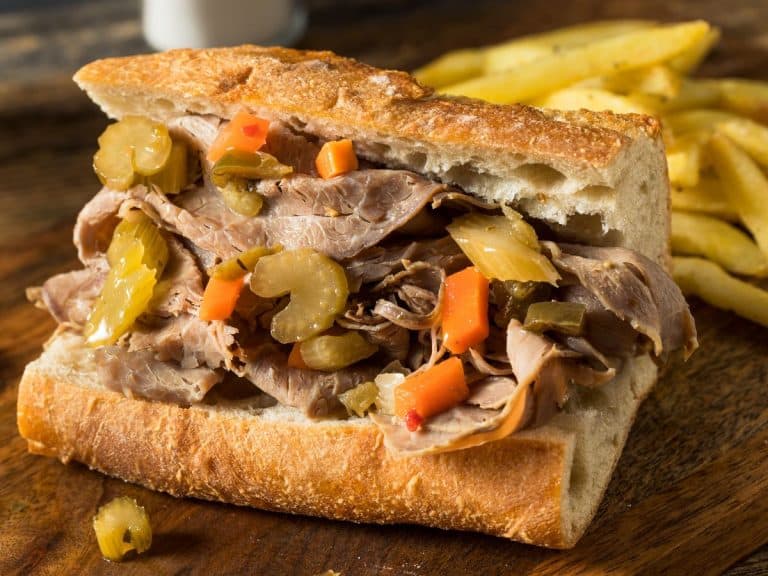
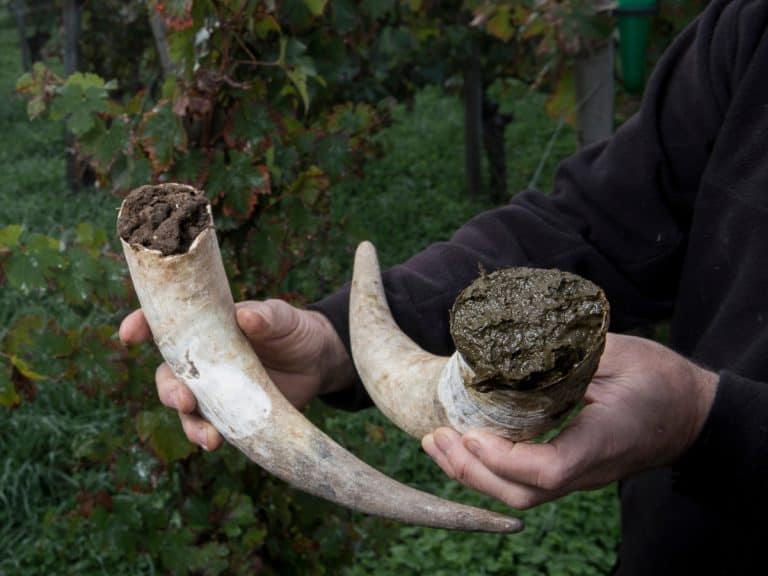 "Biodynamic preparations ave no effect on viticulture": The shocking conclusions of a Swiss study
"Biodynamic preparations ave no effect on viticulture": The shocking conclusions of a Swiss study Ten last-Minute Christmas gift ideas for a wine nerd
Ten last-Minute Christmas gift ideas for a wine nerd Food and wine tourism generates €40 Billion in revenue: Tuscany, Emilia-Romagna, and Puglia take the podium
Food and wine tourism generates €40 Billion in revenue: Tuscany, Emilia-Romagna, and Puglia take the podium "Non-alcoholic wine shouldn’t be demonised: it’s in everyone’s interest that it’s not just a passing trend". Piero Antinori opens the door to the category
"Non-alcoholic wine shouldn’t be demonised: it’s in everyone’s interest that it’s not just a passing trend". Piero Antinori opens the door to the category The Slovenian chef passionate about foraging who cooks in a remote castle
The Slovenian chef passionate about foraging who cooks in a remote castle

